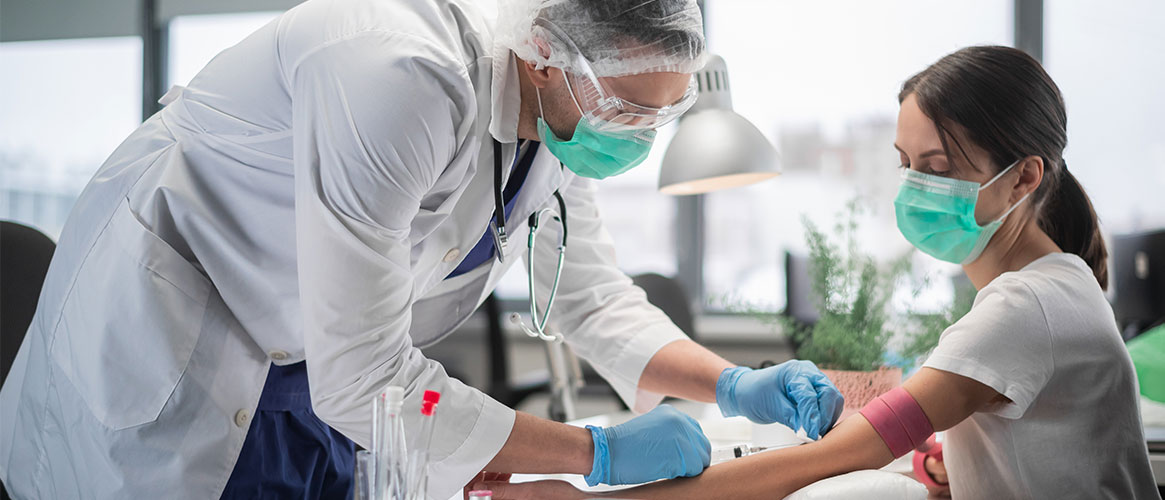Approximately half of all injuries involving sharps go unreported in the healthcare profession, according to the Centers for Disease Control (CDC). And, the potential for injury extends beyond just a simple cut. If a sharp (e.g. needle, blade, lancet, broken glass, etc.) contacts blood or other potentially infectious material, then it is contaminated. If the contamination is from a source other than the worker, it can infect the worker with bloodborne pathogens. These pathogens, such as HIV, hepatitis B, and hepatitis C, can cause debilitating and fatal disease. Failure to report such incidents increases the risk of injury to other employees.
Injury response
Employees must know the procedures for reporting and treating sharps injuries in the workplace.
Following an injury from a contaminated sharp:
- Immediately wash the injury with soap and water
- Promptly report the injury to the employer
- Seek appropriate and immediate follow-up medical care
Employees need to report injuries right away. This helps minimize the risk of future injuries, as it gives you time to correct the issues identified in the report. In addition, prompt reporting:
- Provides the employer the best chance to get the infection status of the source. This information helps the caregiver choose the best treatment for the injured worker.
- Allows your worker to quickly start infection-preventing medicine, which raises the likelihood it will work.
Lastly, employers must record these injuries in a confidential sharps injury log. The log is an important tool for preventing future injuries.
Injury prevention
Avoid or reduce sharps use and handling as much as possible. Use effective alternatives to sharps if possible. These include needleless systems and blunt suture needles. If sharps must be used, only use those that have a mechanism built into the device that can cover, withdraw, or blunt the sharp.
Proper training on safe handling and disposal of contaminated sharps is essential. Make sure your employees know the following:
- Move carefully and deliberately with sharps.
- Avoid walking with sharps.
- Point sharps away from the body.
- Don’t shear or break contaminated sharps.
- Don’t bend, recap or remove contaminated sharps from devices.
- Don’t take apart the safety devices on contaminated sharps.
- Don’t reuse contaminated sharps.
- Don’t pick up contaminated sharps by hand. Use tools such as a brush, dustpan, tongs, or forceps.
- Use any safety mechanisms on the sharp as soon as possible, and follow the manufacturer’s instructions.
- Promptly dispose of the used sharp in specially designed and labeled sharps containers.
- Don't reach by hand into sharps containers.
- Drop the sharp rather than push it into the sharps container.
- Don't re-open, empty, or manually clean sharps containers.
- Be alert to hidden sharps in linens, laundry, or disposal bags.
Additional work practices and training are required for employees covered by the Cal/OSHA bloodborne pathogens regulation. It applies when employees have reasonably anticipated exposure to blood or other potentially infectious material. It also requires other types of controls such as personal protective equipment, vaccination, written safety procedures, and confidential sharps injury logs.
No one wants to suffer injury from a contaminated sharp. Follow these practices and which can help prevent a potentially devastating illness at your workplace. If any of your employees suffer an injury, make sure they report it. That way they can get proper care and you can help prevent a future injury.
(Rev. 03/2024)
